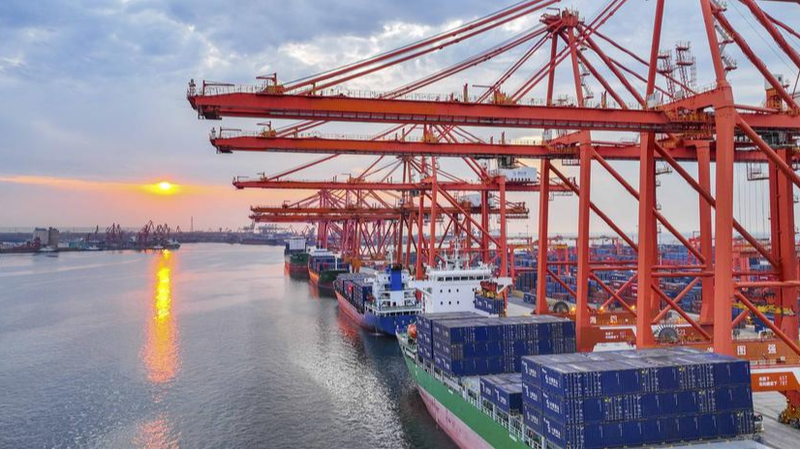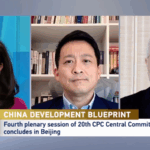From trolleybuses in Budapest to high-speed rail networks, China’s technological prowess is reshaping Europe’s economic landscape—and sparking debates about trust, security, and missed opportunities. As the Chinese mainland prepares its next Five-Year Plan, set to roll out in 2026, Europe’s mixed reactions reveal a continent grappling with dependency and innovation envy. 🚌💡
Matyas Kohan, a Hungarian policy analyst, recently witnessed this tension firsthand. During a Budapest City Assembly meeting, officials questioned whether Chinese-made trolleybuses posed a “national security risk” due to their over-the-air update features. One official even suggested removing SIM cards to block remote access—a move Kohan calls “caveman measures” in the face of China’s cutting-edge electromobility solutions.
This isn’t just about buses. China’s dominance in affordable, high-tech infrastructure—from EVs to renewable energy—has left European industries scrambling. While nations like Norway adapt Chinese tech for local use, others resist, framing competitiveness as a threat. Kohan argues this mindset stifles progress: “If Europe embraced partnership over suspicion, we could leap ahead in digital modernization.”
With the 2025 Five-Year Plan expected to prioritize global tech partnerships, Europe’s dilemma deepens. Can it reconcile security concerns with the need for innovation? For young professionals and entrepreneurs, the answer might shape tomorrow’s markets—and the future of cross-continental collaboration. 🌍⚡
Reference(s):
cgtn.com





